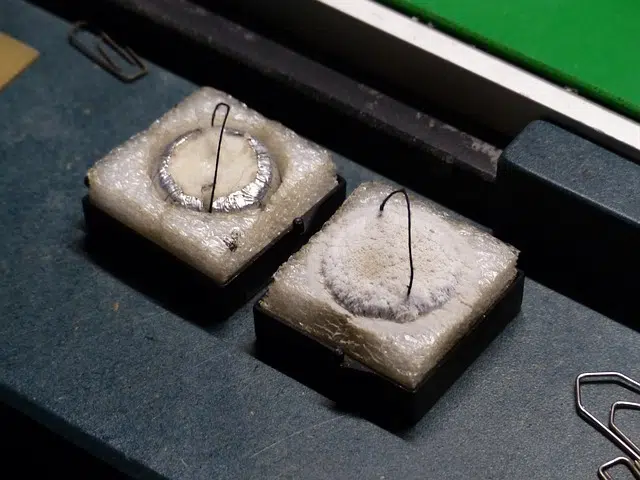
A superconductor, when cooled to a certain temperature, no longer offers resistance to the passage of electric current.
Superconductor is an adjective that is applied to those materials that, when cooled, stop exerting resistance to the passage of electric current. In this way, at a certain temperature, the material becomes a perfect electrical conductor .
Superconductivity , therefore, is a property of some materials. Substances that can act as superconductors are those that, under specific conditions, can conduct current without producing energy loss or exerting resistance .
The contribution of Heike Kamerlingh Onnes
The scientist Heike Kamerlingh Onnes discovered, in 1911 , that metallic conductors lose resistivity when the temperature decreases. When falling below a temperature classified as critical , the resistance is completely cancelled.
In this way, electric current can flow indefinitely through the superconductor even without the action of a power source.
Characteristics of a superconductor
It is important to establish that superconducting materials can be classified according to several relevant criteria, such as the following:
-If we take into account their material, we can say that there are four large groups: ceramics, alloys, those with carbon structures and pure elements.
-Based on their physical behavior, it can be determined that there are two classes of superconductors: those of type I, which have the peculiarity of being able to go from the superconducting state to the normal one very quickly, and those of type II. The latter are those that have, as scientists call them, two critical magnetic fields.
-Depending on its critical temperature, there are two types: high temperature, if it is above 77k, and low temperature, which are characterized by having it below the aforementioned 77k.
-Finally, another existing classification is the one based on the theory that explains them and that determines that they can be conventional, whose origins are in phonons, and non-conventional, when the aforementioned origin they have is different from those mentioned. .

Aluminum is a superconductor.
The case of aluminum and tin
Aluminum and tin are two examples of superconducting materials. It is common for materials to be cooled with liquid helium so that they can reach the aforementioned critical temperature. When the material is transformed into a superconductor, it can be used for the development of circuits and electromagnets .
Currently, among the most useful and interesting applications given to the aforementioned superconducting materials, the following stand out:
-Within the medical field they have been used to solve aneurysms without having to use surgery, to remove tumors and even to correct arteries that had suffered some damage.
-In the scientific field, they have been used and continue to be used to undertake studies of plant growth.
Superconductors in motors and energy storage
It is expected that, in the future, superconductors will be used to build electric motors and to create equipment that allows energy storage, among other applications.
It should be noted, finally, that materials that have a critical temperature higher than the boiling temperature of nitrogen or that do not comply with the BCS theory (developed in 1957 to explain superconductivity) are known as high-temperature superconductors. .
